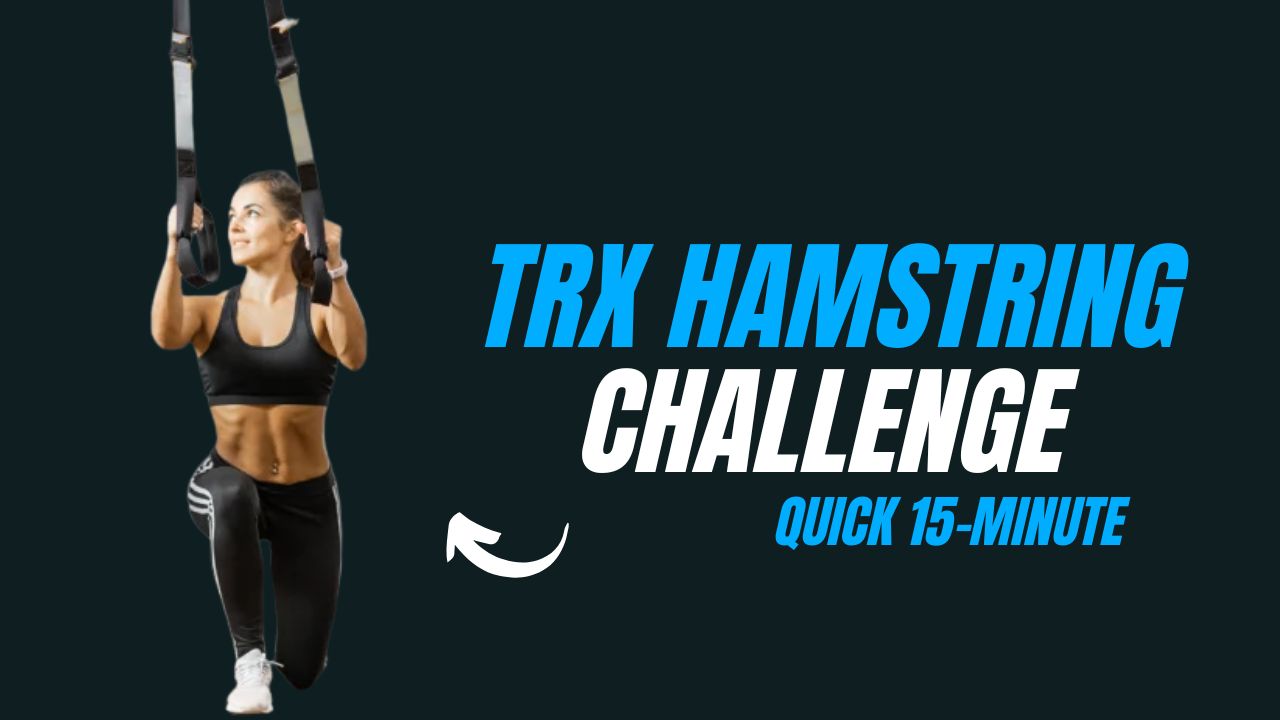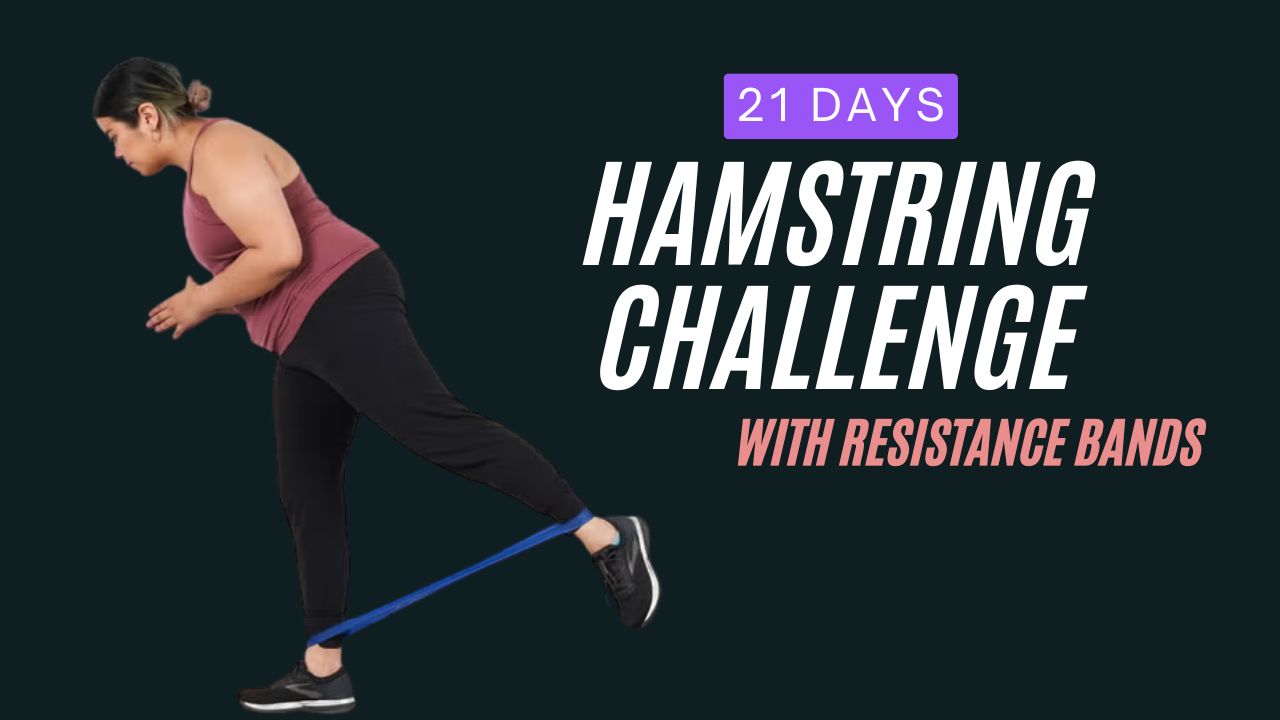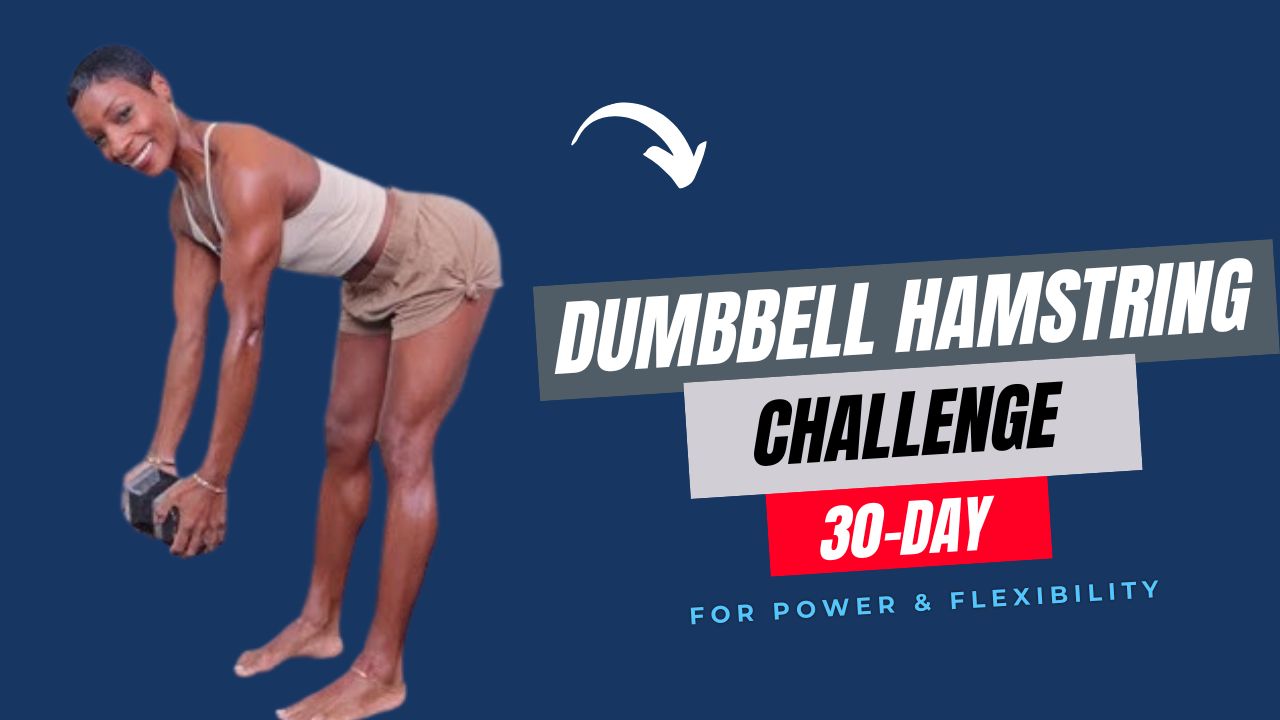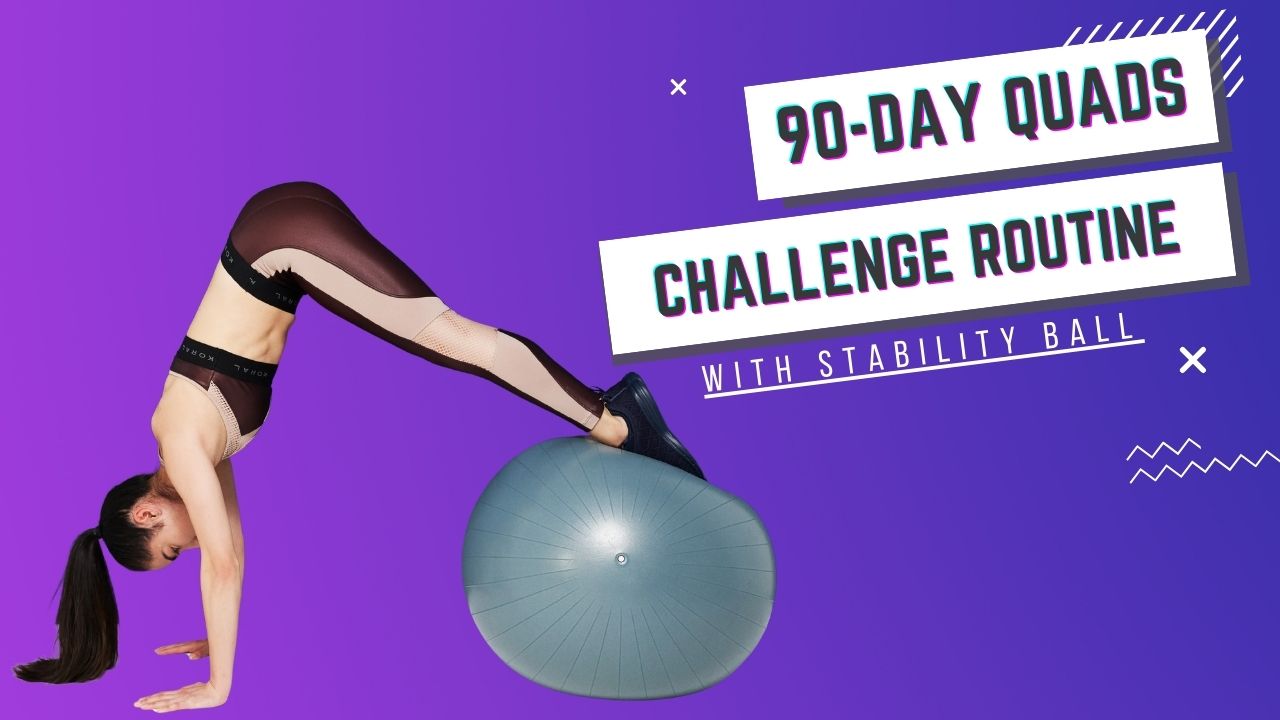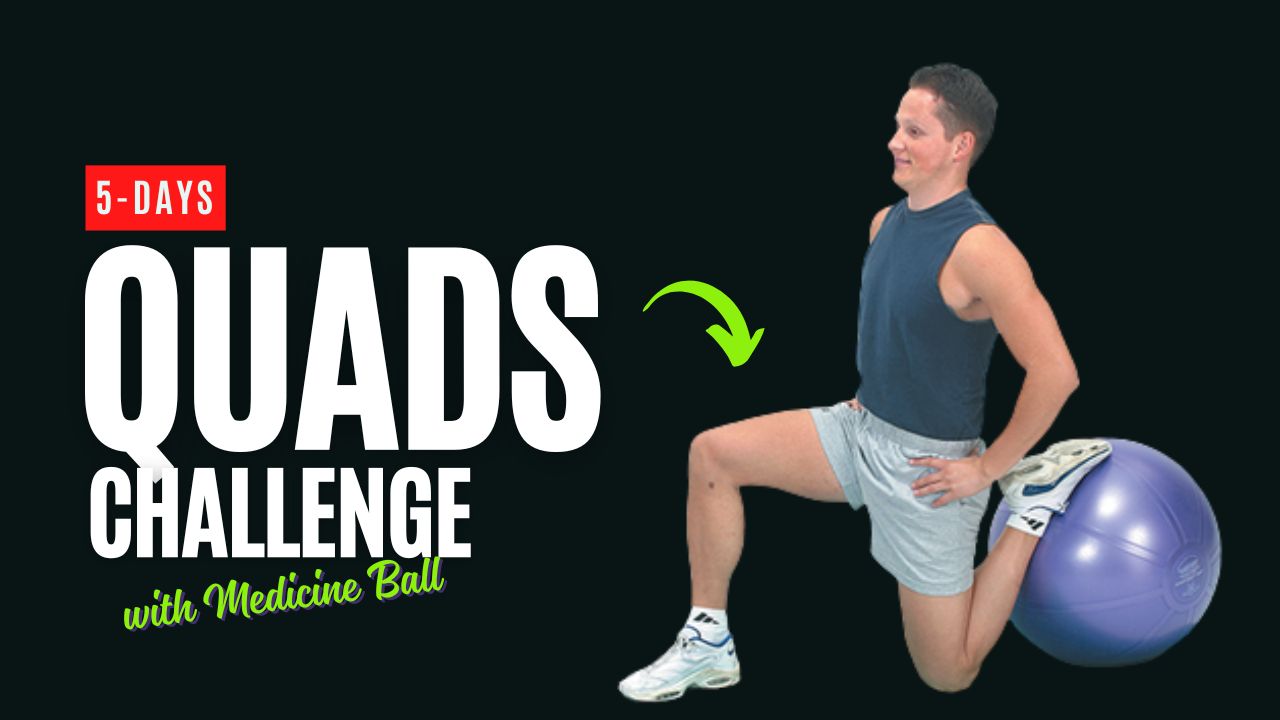Most people associate core training with endless sit-ups and crunches, but here’s the truth: your obliques—the muscles running along the sides of your abdomen—are the real game-changers when it comes to stability, athletic performance, and even injury prevention.
A strong core is not just about six-pack aesthetics; it’s about supporting your spine, protecting your joints, and improving your overall mobility.
Do you know? Weak obliques can increase your risk of lower back pain and hip instability, making everyday movements like twisting, bending, or even walking less efficient. On the other hand, well-trained obliques enhance posture, power, and balance.
This 45-minute barbell obliques challenge combines strength training and functional movement, focusing on exercises that not only sculpt your waistline but also build a foundation of resilience for your joints.
Whether you’re an athlete looking to sharpen performance or someone aiming for functional strength, this challenge will push your limits.
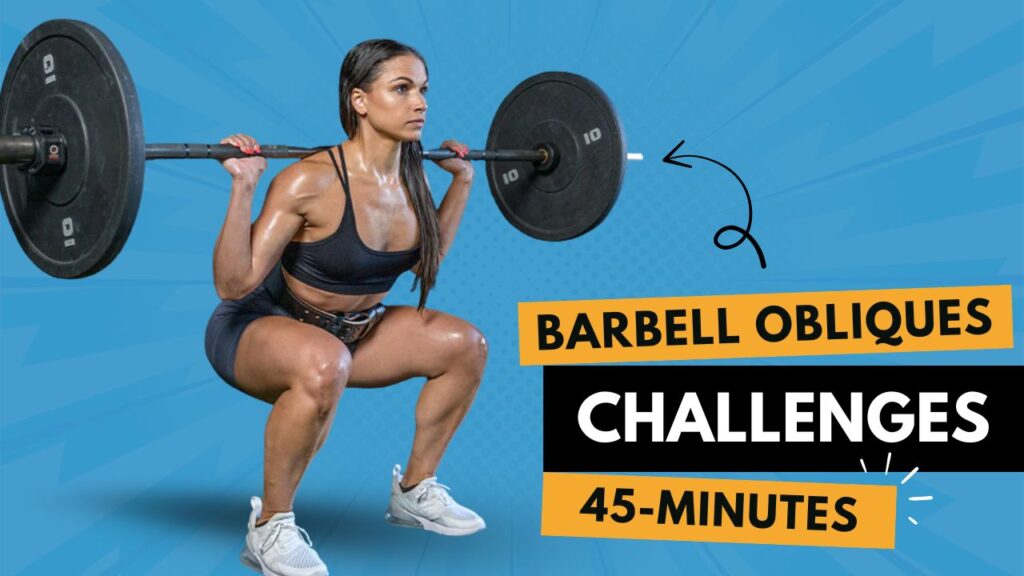
Table of Contents
Benefits of Barbell Training for Obliques and Joints
Before diving into the “how-to,” let’s clear up a common myth:
Myth: Oblique exercises with heavy weights will make your waist wider.
Fact: Properly performed barbell oblique movements don’t make your waist thicker—they carve definition, enhance strength, and build durability around your joints.
Here are the top benefits you’ll get from this challenge:
- Joint Stability: Barbell exercises engage multiple stabilizer muscles, reducing the risk of injury.
- Functional Strength: Movements like rotations and side bends mimic real-life twisting and lifting.
- Spinal Support: A strong oblique system supports the lumbar spine, protecting against strain.
- Enhanced Athleticism: From sprinting to throwing, oblique power translates directly to performance.
What Can Happen After 30 Days of the Barbell Obliques Challenge
| Area | Expected Outcome |
|---|---|
| Oblique Strength | Noticeable increase in side abdominal strength and rotational power. |
| Core Stability | Improved overall core stability, making daily movements easier and safer. |
| Joint Health | Enhanced support around the spine, hips, and shoulders, reducing the risk of injury. |
| Posture | Better spinal alignment and posture due to stronger supporting muscles. |
| Balance & Coordination | Improved balance and coordination in dynamic and rotational movements. |
| Muscle Tone | More defined obliques and a tighter waistline. |
| Athletic Performance | Increased power in twisting, lifting, and rotational sports movements. |
| Endurance | Greater muscular endurance in your core, allowing for longer and more challenging workouts. |
| Mobility | Enhanced hip and spinal mobility due to controlled twisting and bending exercises. |
| Confidence | A sense of accomplishment and motivation to continue progressing in core training. |
Do’s and Don’ts for Barbell Obliques Challenge
| Do’s | Don’ts |
|---|---|
| Warm up properly before starting to prepare your joints and muscles. | Skip the warm-up—it increases the risk of injury. |
| Start with lighter weights to master form before progressing. | Use heavy weights right away without control. |
| Maintain a neutral spine during all exercises. | Let your lower back sag or arch excessively. |
| Engage your obliques and core throughout each movement. | Rely on momentum to complete reps. |
| Perform slow, controlled repetitions for better muscle engagement. | Rush through exercises without focusing on form. |
| Rest adequately between sets to allow recovery. | Ignore rest and overtrain your core. |
| Gradually increase intensity by adding weight or sets over time. | Jump into advanced variations before you’re ready. |
| Focus on breathing consistently during exercises. | Hold your breath or strain excessively. |
| Cool down with stretching to improve flexibility and recovery. | Skip post-workout stretching. |
| Listen to your body and stop if you feel pain. | Push through sharp or unusual pain—it may indicate injury. |
The Core Barbell Obliques Challenge Exercises
Below, you’ll find a list of barbell-based oblique exercises with step-by-step “how-to” instructions and explanations of their benefits.
1. Barbell Landmine Twists
Why: This dynamic rotational exercise trains your obliques to generate power while protecting your spine.
How to Do It:
- Place one end of a barbell into a landmine attachment (or wedge it securely into a corner).
- Stand with feet shoulder-width apart and hold the free end of the barbell with both hands.
- Extend your arms slightly in front of you at chest height.
- Rotate the barbell in a controlled arc from one side of your body to the other.
- Keep your core tight and hips square throughout.
Pro Tip: Avoid leaning your torso—engage the obliques to control the twist.
2. Barbell Side Bends
Why: This move directly targets the obliques and strengthens the muscles around your spine for lateral stability.
How to Do It:
- Stand upright with a barbell placed across your shoulders (behind the neck).
- Slowly bend sideways at the waist toward one side.
- Pause briefly, then return to the starting position.
- Repeat on the opposite side.
Pro Tip: Keep the movement controlled to avoid overstretching your spine.
3. Barbell Overhead Side-to-Side Leans
Why: Lifting the bar overhead increases tension on your core while improving shoulder and spinal stability.
How to Do It:
- Hold a barbell with both hands and press it overhead.
- Keep arms straight and feet shoulder-width apart.
- Lean slowly to the left, engaging the right obliques.
- Return to center, then lean to the right.
Pro Tip: Avoid arching your lower back—maintain a neutral spine.
4. Barbell Russian Twists
Why: This exercise combines rotation with strength, building explosive oblique power.
How to Do It:
- Sit on the floor holding the barbell plate side of a lightweight bar.
- Lean back slightly, keeping your spine straight.
- Rotate the barbell side to side, touching the floor gently on each rep.
- Keep your core braced to prevent rounding.
Pro Tip: Beginners can perform the twist without lifting their feet; advanced lifters can raise their legs for added difficulty.
5. Barbell Windmills
Why: A classic move that combines oblique engagement, hip mobility, and shoulder stability.
How to Do It:
- Hold a barbell overhead with one hand, locking your elbow straight.
- Spread feet wider than shoulder width.
- Keeping eyes on the bar, hinge at the hip and reach toward your opposite foot with your free hand.
- Return to the standing position.
Pro Tip: Move slowly and prioritize form over weight for safety.
6. Barbell Rollouts (Optional Advanced Move)
Why: Rollouts engage the entire core, with obliques working hard to stabilize.
How to Do It:
- Load small plates onto both sides of a barbell.
- Kneel on the floor with the barbell in front of you.
- Grip the barbell and slowly roll it forward, extending your body.
- Engage your obliques and core to pull the bar back in.
Pro Tip: Don’t let your lower back sag—keep the hips tucked under.
7. Barbell Standing Rotations
Why: This functional exercise improves rotational strength essential for sports like tennis, baseball, and martial arts.
How to Do It:
- Hold the barbell vertically in front of your body at chest level.
- Rotate the barbell left and right, keeping your hips square.
- Move slowly to prevent momentum from taking over.
Pro Tip: Engage your obliques throughout instead of letting your arms do the work.
The 45-Minute Barbell Obliques Challenge Routine
Now that you know how to perform each exercise, here’s the structured 45-minute challenge plan. This routine balances strength, endurance, and mobility while protecting your joints.
Structure:
- Warm-up: 5 minutes (dynamic stretches + light barbell mobility)
- Main Circuit: 7 barbell oblique exercises
- Format: Perform each exercise for 3 sets of 10–15 reps (or 40 seconds work, 20 seconds rest).
- Rest Between Sets: 45–60 seconds
- Cooldown: 5 minutes of stretching and deep breathing.
Workout Routine in Table Format
| Exercise | Sets | Reps/Duration | Rest Time | Focus Area |
|---|---|---|---|---|
| Barbell Landmine Twists | 3 | 12–15 per side | 45 sec | Rotation + Power |
| Barbell Side Bends | 3 | 12–15 per side | 45 sec | Lateral Stability |
| Barbell Overhead Side Leans | 3 | 12 reps per side | 60 sec | Core + Shoulder Stability |
| Barbell Russian Twists | 3 | 20 total reps | 45 sec | Oblique Strength + Endurance |
| Barbell Windmills | 3 | 10–12 per side | 60 sec | Mobility + Core Control |
| Barbell Rollouts (Advanced) | 3 | 8–10 reps | 60 sec | Full Core + Obliques |
| Barbell Standing Rotations | 3 | 12 reps per side | 45 sec | Functional Oblique Strength |
Conclusion: Strength Today, Resilience Tomorrow
Completing this 45-minute Barbell Obliques Challenge is just the beginning of a stronger, more resilient core.
Beyond sculpting your waistline, you’ve engaged your obliques, improved joint stability, and enhanced overall functional strength—benefits that will carry over to everyday movements, athletic performance, and injury prevention.
But don’t stop here. To continue progressing, you can gradually increase the weight, add more sets, or extend the range of motion for each exercise.
Consider incorporating supersets (pairing two oblique exercises back-to-back) or time under tension techniques to challenge your muscles differently.
Over the next 4–6 weeks, aim to rotate exercises weekly, introducing variations like single-arm barbell twists or barbell side planks, so your core adapts and grows stronger without plateauing.
Consistency is key: by treating this challenge as a stepping stone, you’re not only sculpting a defined midsection but also building a foundation of long-term joint health, core resilience, and rotational power.
Take the challenge seriously, track your progress, and watch your obliques—and your performance—transform.
Frequently Asked Questions (FAQs)
How often should I do the Barbell Obliques Challenge?
For best results, aim to perform this workout 2–3 times per week, allowing at least one day of rest in between to let your obliques and joints recover. Overtraining can lead to muscle fatigue and joint strain.
Can beginners do this workout?
Yes, beginners can perform this challenge, but it’s important to start with lighter weights or even just a barbell without plates. Focus on form and control before increasing resistance.
How long will it take to see results?
With consistency, you can start noticing improved core strength and stability within 4–6 weeks. Visible changes in waist definition may take longer, depending on your diet, body composition, and overall activity level.
Do I need a gym to do this workout?
While a gym makes it easier to access heavier barbells and landmine setups, you can modify some exercises at home using dumbbells, resistance bands, or a securely anchored barbell.
Can this workout help with lower back pain?
Strengthening your obliques and stabilizer muscles can reduce strain on the lower back and improve posture. However, if you already have a back injury, consult a healthcare professional before performing barbell exercises.
Can women benefit from this workout too?
Absolutely. This challenge is gender-neutral. Women can strengthen their obliques, improve posture, and protect their joints while building a functional, toned midsection.
What if I can’t complete all 45 minutes in one session?
You can split the workout into two shorter sessions (e.g., 20–25 minutes each) and still get benefits. The key is consistency and maintaining proper form.
Do I need to follow a special diet while doing this challenge?
While not mandatory, a balanced diet rich in protein and whole foods will enhance muscle recovery and definition. Hydration and proper sleep also play key roles in performance and progress.





